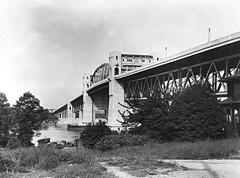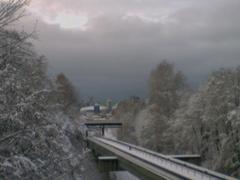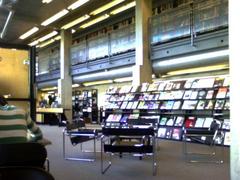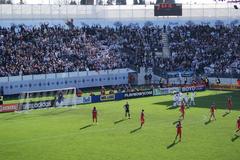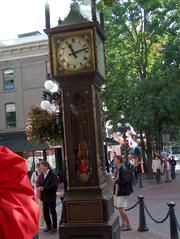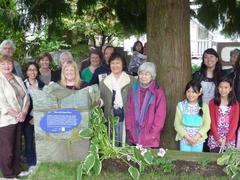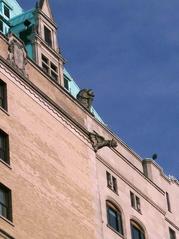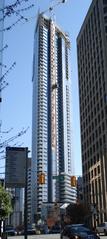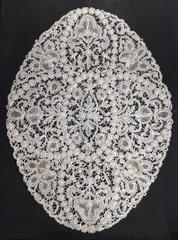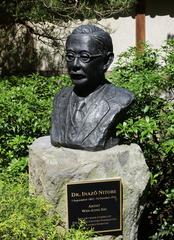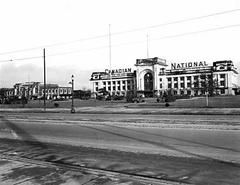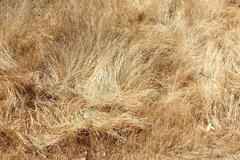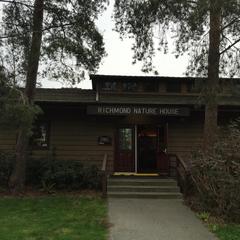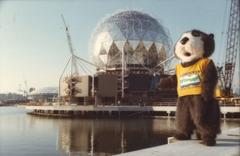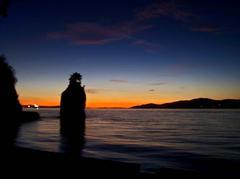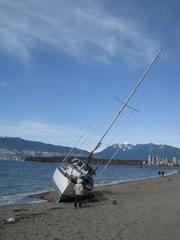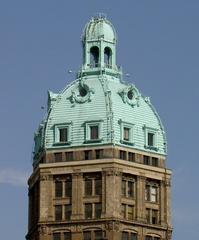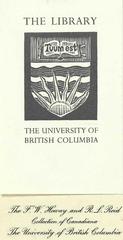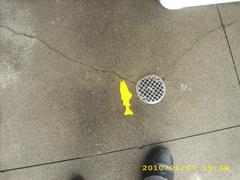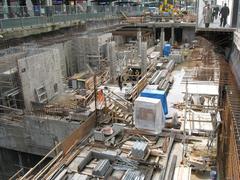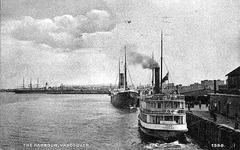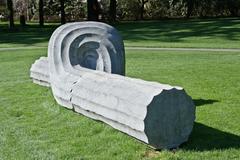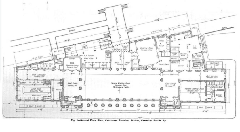Chinese Freemasons Building Vancouver: Visiting Hours, Tickets, and Historical Significance
Date: 2025-07-03
Introduction
Nestled at the crossroads of Vancouver’s Chinatown and Gastown, the Chinese Freemasons Building is an enduring symbol of Chinese Canadian heritage, cultural resilience, and political activism. As the historic headquarters of the Chee Kung Tong—known today as the Chinese Freemasons—the building showcases a unique blend of Chinese and Western architectural styles, reflecting Vancouver’s multicultural fabric. This comprehensive guide explores the building’s remarkable history, architectural highlights, cultural significance, and essential visitor information, including hours, ticketing, accessibility, and nearby attractions.
Table of Contents
- Introduction
- Origins of the Chinese Freemasons
- Establishment in Canada: Barkerville and Beyond
- Construction and Architectural Significance
- Revolutionary Activities and Political Influence
- Community Impact
- Visitor Information
- Preservation and Adaptive Reuse
- Frequently Asked Questions (FAQ)
- Nearby Attractions
- Visitor Tips
- Conclusion and Call to Action
- References
Origins of the Chinese Freemasons
The roots of the Chinese Freemasons Building trace back to the Hongmen (洪門), a historic network of secret societies formed in 17th-century southern China. Originally established to overthrow the Manchu-led Qing dynasty and restore the Han Ming dynasty, the Hongmen evolved into a powerful force among Chinese communities worldwide, especially following mass migrations to North America during the 19th century (CBC News; The Masonic Journey).
In North America, the first Hongmen chapter was founded in San Francisco in 1849, coinciding with the California Gold Rush. As Chinese migrants moved northward, the Hongmen established their first Canadian branch in Barkerville, BC, in 1863—predating Canadian Confederation (CBC News).
Establishment in Canada: Barkerville and Beyond
The Barkerville branch, known as the Chi Kung Tong (致公堂), provided mutual aid and legal support to Chinese miners facing discrimination and harsh conditions. As the Chinese Canadian population expanded, new branches emerged in Victoria and Vancouver, supporting immigrants through legal assistance, social services, and advocacy (Heritage Site Finder).
The Vancouver branch, established in the early 1900s, became the national headquarters due to the city’s growing Chinese community. Its pivotal location at 5 West Pender Street, at the edge of Chinatown, cemented its role as a community anchor (SFU Chinese Canadian History).
Construction and Architectural Significance
Erected in 1907, the Chinese Freemasons Building is a physical embodiment of cultural fusion. Its dual façades symbolize its bridging role between Chinatown and Gastown:
- Pender Street (Chinatown) Façade: Features recessed balconies, ornate ironwork, and red and gold accents—hallmarks of southern Chinese architecture (Montecristo Magazine).
- Carrall Street (Gastown) Façade: Exhibits Victorian Italianate commercial style, with brickwork and restrained ornamentation typical of early 20th-century North American urban design.
This architectural duality visually narrates the building’s unique place in Vancouver’s social and urban landscape (The Canadian Encyclopedia).
Inside, the upper floors historically housed meeting halls and member residences, while the ground floor supported commercial tenants. Decorative elements, such as carved woodwork, symbolic artwork, and a shrine to Dr. Sun Yat-sen, underscore its cultural importance (Straight.com).
Revolutionary Activities and Political Influence
The Chinese Freemasons were instrumental in supporting Dr. Sun Yat-sen’s revolutionary efforts to topple the Qing dynasty. Dr. Sun, a member of the order, visited Vancouver multiple times to garner financial and moral support. The organization even mortgaged their own properties, including the Vancouver lodge, to fund the 1911 revolution (CBC News).
While Dr. Sun’s legacy is celebrated, some members felt let down when promised funds were not returned post-revolution. This complex relationship adds depth to the society’s historical narrative.
Community Impact
Beyond political activism, the Chinese Freemasons provided vital services to new immigrants: legal aid, employment assistance, cultural preservation, and publishing the influential Chinese Times newspaper (1906–1992) (CBC News). Regional branches, such as in Kamloops, renovated Chinese cemeteries and offered language classes, reinforcing cultural connections in smaller communities (The Masonic Journey).
Visitor Information
Visiting Hours and Admission
- Public Hours: Monday to Saturday, 10:00 AM–5:00 PM. Closed Sundays and statutory holidays.
- Admission: Free. Guided tours or special event participation may require advance booking or ticketing (Vancouver Planner).
Guided Tours and Special Events
Guided tours, available periodically or during special occasions, provide in-depth insights into the building’s history and architecture. The building also hosts cultural festivals, workshops, and heritage celebrations, such as Lunar New Year and Mid-Autumn Festival (SFU Chinese Canadian History).
Accessibility and Travel Tips
- Wheelchair Access: Wheelchair accessible via the Carrall Street entrance, with elevators to upper floors.
- Transit: Steps from Stadium–Chinatown SkyTrain station; accessible by bus.
- Best Time to Visit: During Chinatown festivals or guided walking tours for a richer experience.
Photographic Highlights
Capture the contrast between the vibrant Chinese balconies on Pender Street and the Victorian façade on Carrall Street. The restored ironwork, balconies, and historical signage offer excellent photo opportunities (Montecristo Magazine).
Preservation and Adaptive Reuse
A major restoration (2004–2007) preserved the building’s heritage while converting upper floors to residential units, including affordable senior housing. The ground floor remains commercial, with long-standing tenants like Modernize Tailors. Historical elements such as railings, columns, and signage were meticulously restored (National Trust Canada).
Frequently Asked Questions (FAQ)
Q: What are the visiting hours?
A: Monday–Saturday, 10:00 AM–5:00 PM. Closed Sundays and statutory holidays.
Q: Is admission free?
A: Yes. Fees may apply for guided tours or special events.
Q: Are guided tours available?
A: Yes, during special occasions or by prior arrangement. Check official channels for schedules.
Q: Is the building wheelchair accessible?
A: Yes, via the Carrall Street entrance and internal elevator.
Q: Can I take photos?
A: Exterior photography is welcome; check with guides for interior photography policies.
Nearby Attractions
Enhance your Chinatown visit with these nearby sites:
- Dr. Sun Yat-Sen Classical Chinese Garden: A tranquil traditional garden (Vancouver Planner).
- Chinese Cultural Centre Museum: Features Chinese Canadian history exhibits.
- Millennium Gate: Iconic entrance to Chinatown.
- Sam Kee Building: The world’s narrowest commercial building (Vancouver Tips).
- Chinatown Night Market: Seasonal food, crafts, and performances.
Visitor Tips
- Check hours and tour availability before visiting, as walk-in access may be limited to special events or festivals.
- Book guided tours or visit during festivals for an enriched experience.
- Contact in advance if you require accessibility accommodations.
- Explore on foot: The neighborhood is pedestrian-friendly and filled with historical sites.
Conclusion and Call to Action
The Chinese Freemasons Building embodies the story of Vancouver’s Chinese Canadian community—its challenges, achievements, and ongoing legacy. As a living monument to multiculturalism, social advocacy, and architectural innovation, it offers an invaluable experience for history buffs, architecture enthusiasts, and cultural explorers alike.
Plan your visit during a Chinatown festival or guided tour for the most engaging experience. For updated information on visiting hours, guided tours, and cultural events, consult official Chinatown resources or download the Audiala app for exclusive audio guides and up-to-date event listings. Explore more of Vancouver’s rich history by visiting nearby attractions and following us on social media for the latest news and cultural insights.
References
- CBC News
- Heritage Site Finder
- Montecristo Magazine
- SFU Chinese Canadian History
- Vancouver Planner
- The Masonic Journey
- National Trust Canada
- The Canadian Encyclopedia
- Straight.com
- Vancouver Tips

